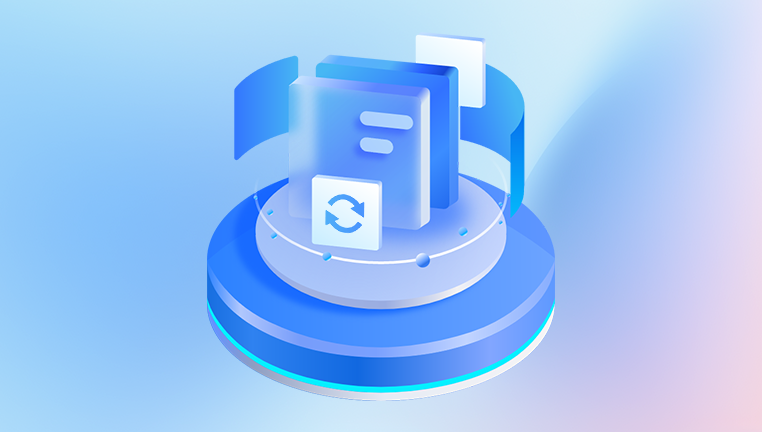Here’s a comprehensive guide on how to attempt to recover a deleted Keep2share file:
1. Check the Trash or Recycle Bin (if applicable)
Service – specific Trash: Some file – hosting services like Keep2share may have a temporary “trash” or “deleted items” folder. Log in to your Keep2share account and look for such a folder in the user interface. It’s possible that the file is still retained there for a certain period, allowing you to restore it.
Browser Cache: If you accessed the file through a web browser, there’s a slim chance that a cached version of the file exists. The steps to access cached files vary depending on the browser. For example, in Google Chrome:

Click on the three – dot menu in the upper – right corner.
Select “More Tools” and then “Developer Tools”.
In the Developer Tools panel, go to the “Network” tab.
Reload the page where you accessed the file (if possible). Look for the file name in the list of network requests. Right – click on it and select “Open in new tab”. However, this might only work if the cache still has a valid copy and the file is a simple web – accessible resource like a text file or an image.
2. Contact Keep2share Support
Gather Information: Before reaching out to support, collect as much information as possible about the file. This includes the file name, the approximate date and time it was deleted, any associated folder or category it was in, and the reason you believe it was deleted (accidental deletion, system error, etc.).
Submit a Support Ticket:
Log in to your Keep2share account.
Look for a “Support” or “Contact Us” link, usually located in the footer or account settings section.
Fill out the support ticket form, providing a detailed description of the situation and the information you gathered. Be polite and clear in your request for file recovery.
Keep in mind that the success of file recovery through support depends on the service’s policies, backup systems, and the nature of the deletion. Some services may have limitations on restoring files, especially if the deletion was part of a routine data – purging process.
3. Data Recovery Software (if the file was downloaded locally)
Panda Assistant is a robust and intuitive data recovery tool designed to help users retrieve lost or deleted files from a variety of devices. Whether you’ve accidentally deleted important documents, lost data due to a system crash, or experienced a corrupted drive, Panda Assistant provides a comprehensive solution for recovering valuable information. The software supports recovery from hard drives, USB flash drives, memory cards, and other storage devices, ensuring that files, photos, videos, and documents are not permanently lost.
One of Panda Assistant’s standout features is its user-friendly interface, which allows both beginners and experienced users to recover data with minimal effort. The step-by-step process guides you through scanning, selecting, and restoring files, with no technical expertise required. Additionally, the tool offers advanced options for users who need more control over the recovery process, including deep scans for difficult-to-recover files and the ability to preview files before restoring them.
4. Check for Backups
Personal Backups: If you had a personal backup system in place, such as an external hard drive backup using software like Time Machine (for Mac) or File History (for Windows), check these backups to see if the Keep2share file was included.
For Time Machine on Mac: Connect the external backup drive, click on the Time Machine icon in the menu bar, and then use the timeline to navigate to a point before the file was deleted. Locate the file and restore it to its original location or a new location of your choice.
For File History on Windows: Open the “Control Panel” and search for “File History”. Follow the prompts to restore files from a backup point. You may need to search through the backup folders to find the specific Keep2share file you’re looking for.
Cloud Backups: If you used a cloud – based backup service like Google Drive, Dropbox, or OneDrive, and the Keep2share file was synced or backed up to these services, you can try to recover it from there. Log in to the respective cloud service account, look for a “Trash” or “Deleted Files” section, and follow the steps provided by the service to restore the file.
It’s important to note that the success of file recovery can vary depending on many factors such as the time elapsed since deletion, the actions taken on the storage device after deletion, and the specific policies and capabilities of the file – hosting service and any backup or recovery tools used.
About us and this blog
Panda Assistant is built on the latest data recovery algorithms, ensuring that no file is too damaged, too lost, or too corrupted to be recovered.
Request a free quote
We believe that data recovery shouldn’t be a daunting task. That’s why we’ve designed Panda Assistant to be as easy to use as it is powerful. With a few clicks, you can initiate a scan, preview recoverable files, and restore your data all within a matter of minutes.
Subscribe to our newsletter!
More from our blog
See all postsRecent Posts
- Retrieve deleted videos from sd card 2025-04-25
- How to retrieve damaged sd card? 2025-04-25
- Retrieve photos from sd card 2025-04-25

 Try lt Free
Try lt Free Recovery success rate of up to
Recovery success rate of up to









